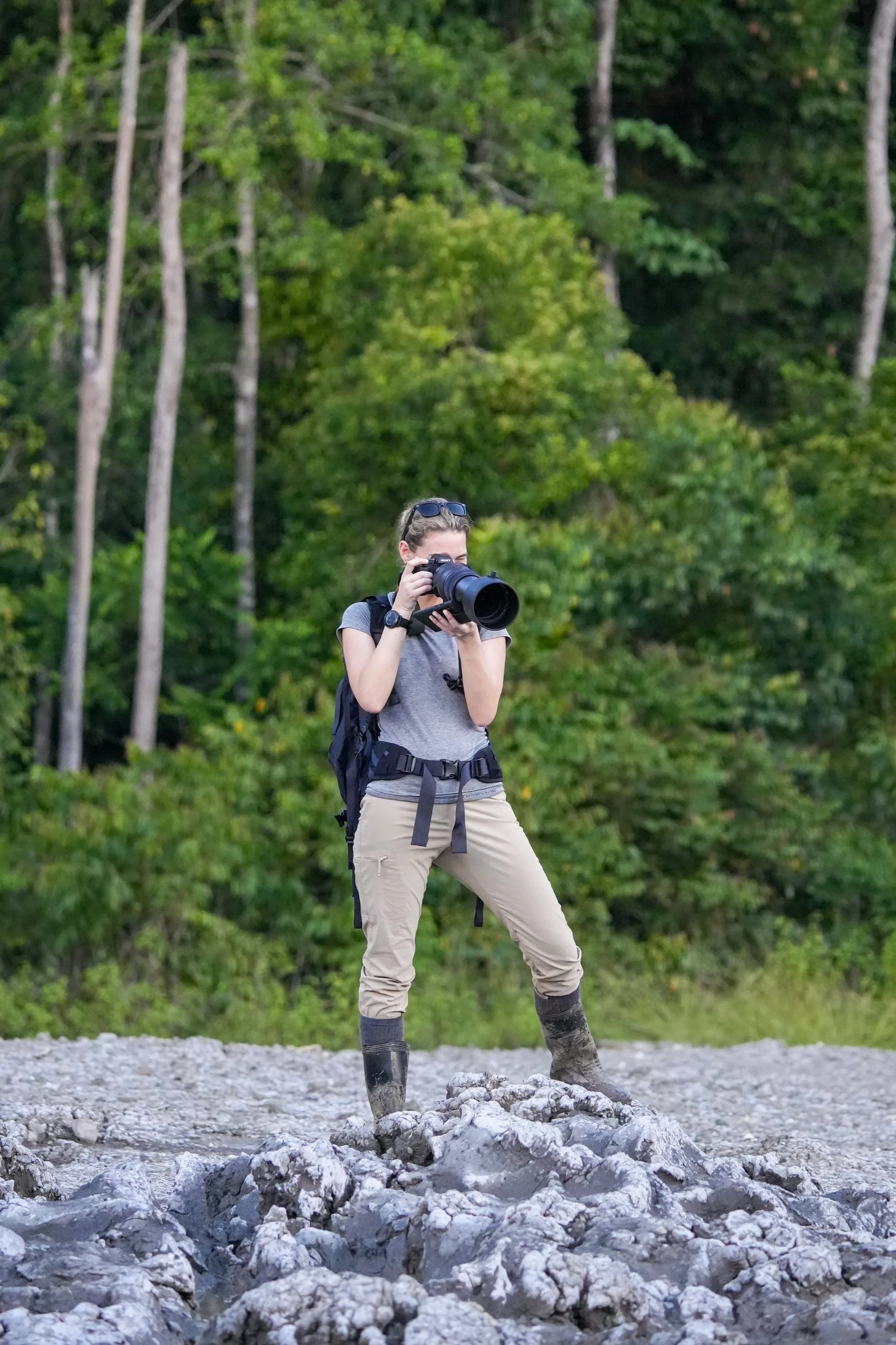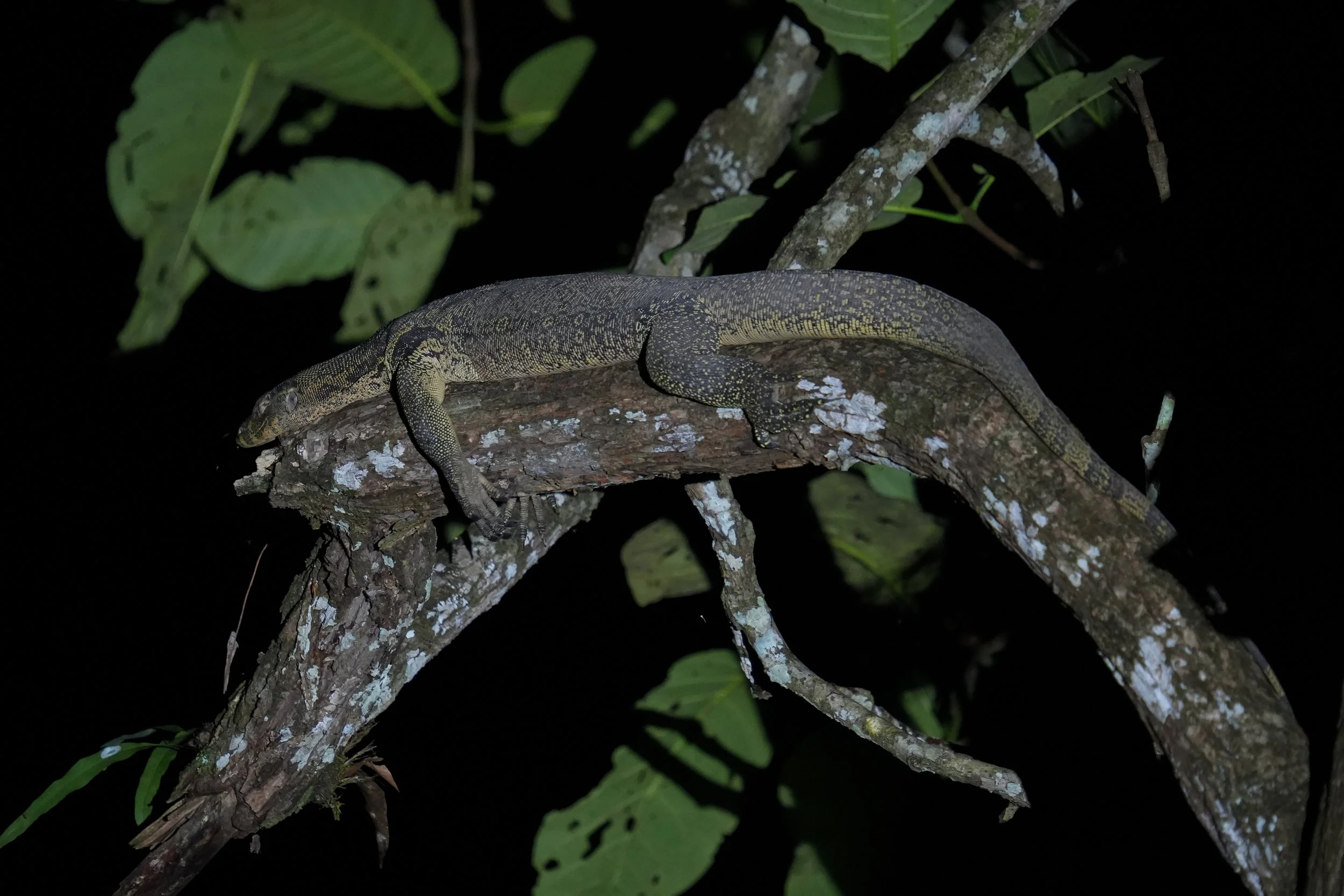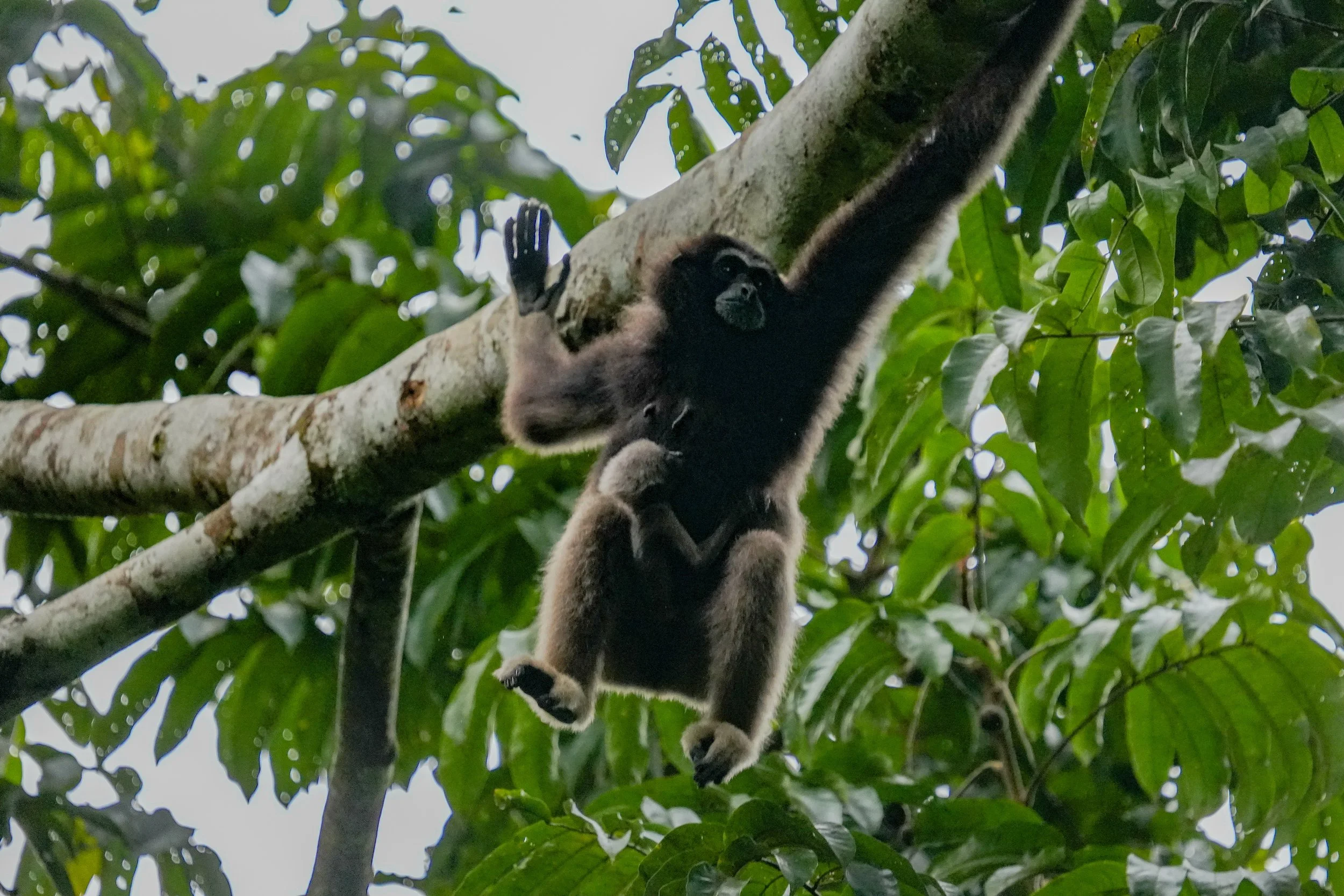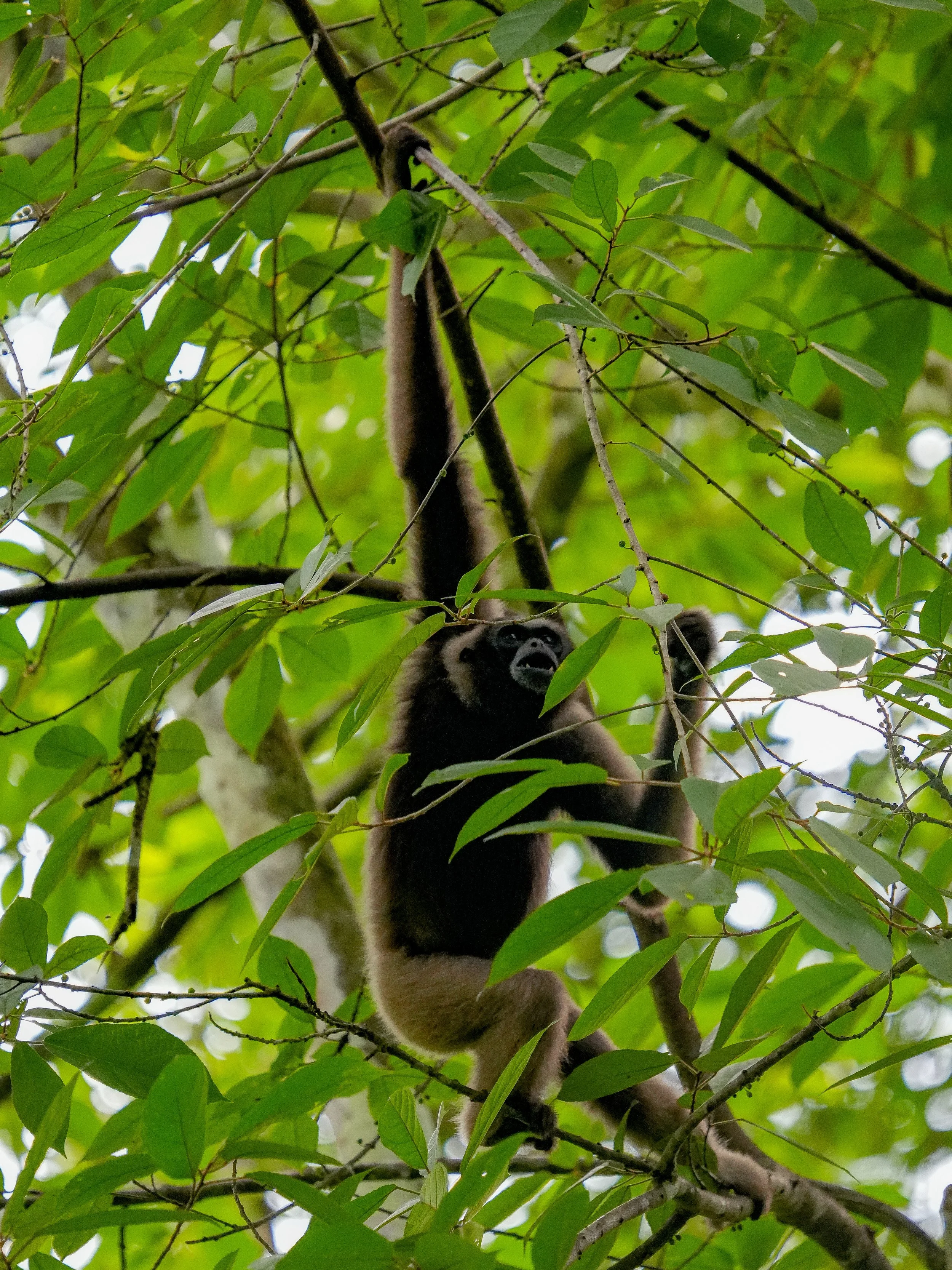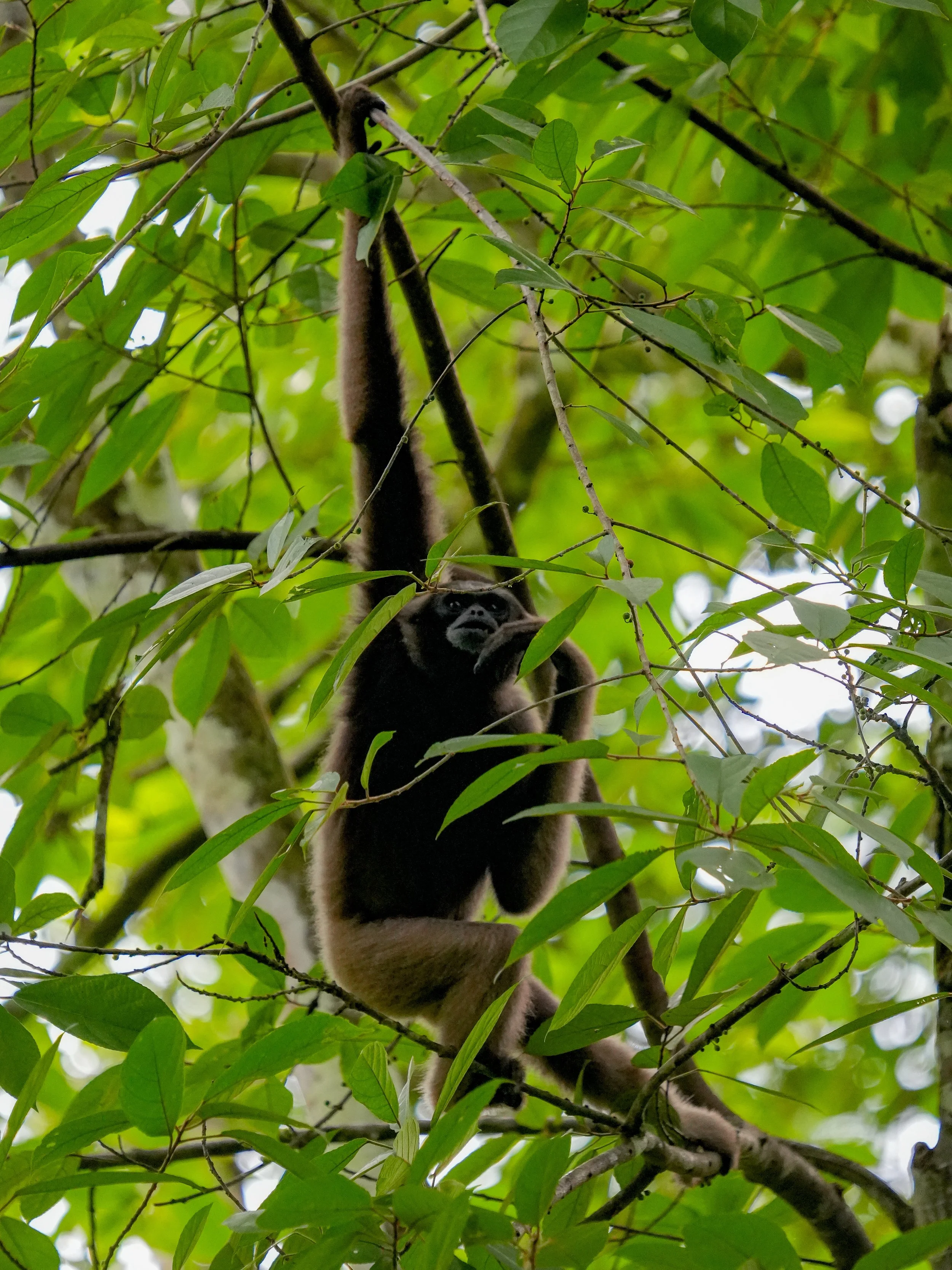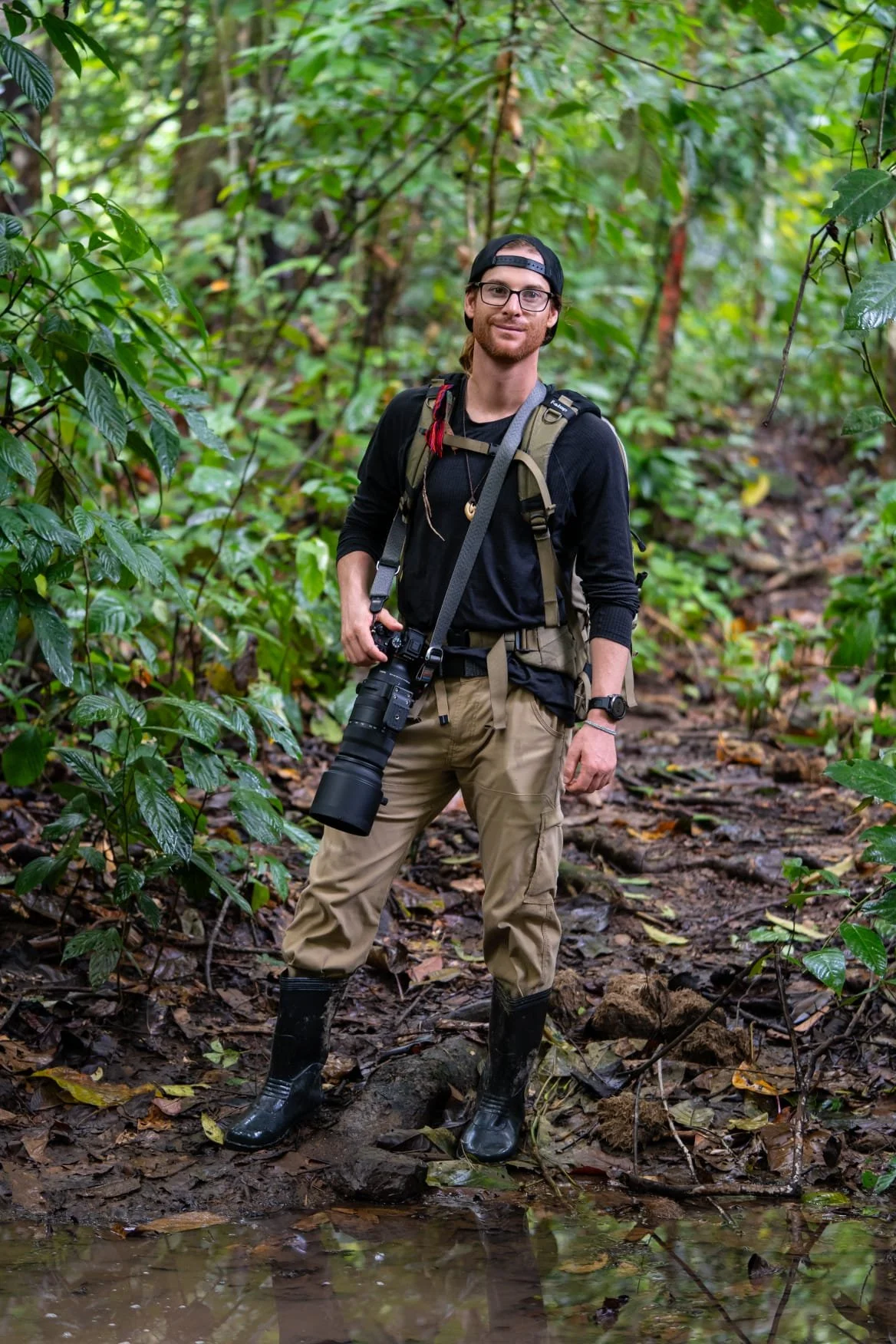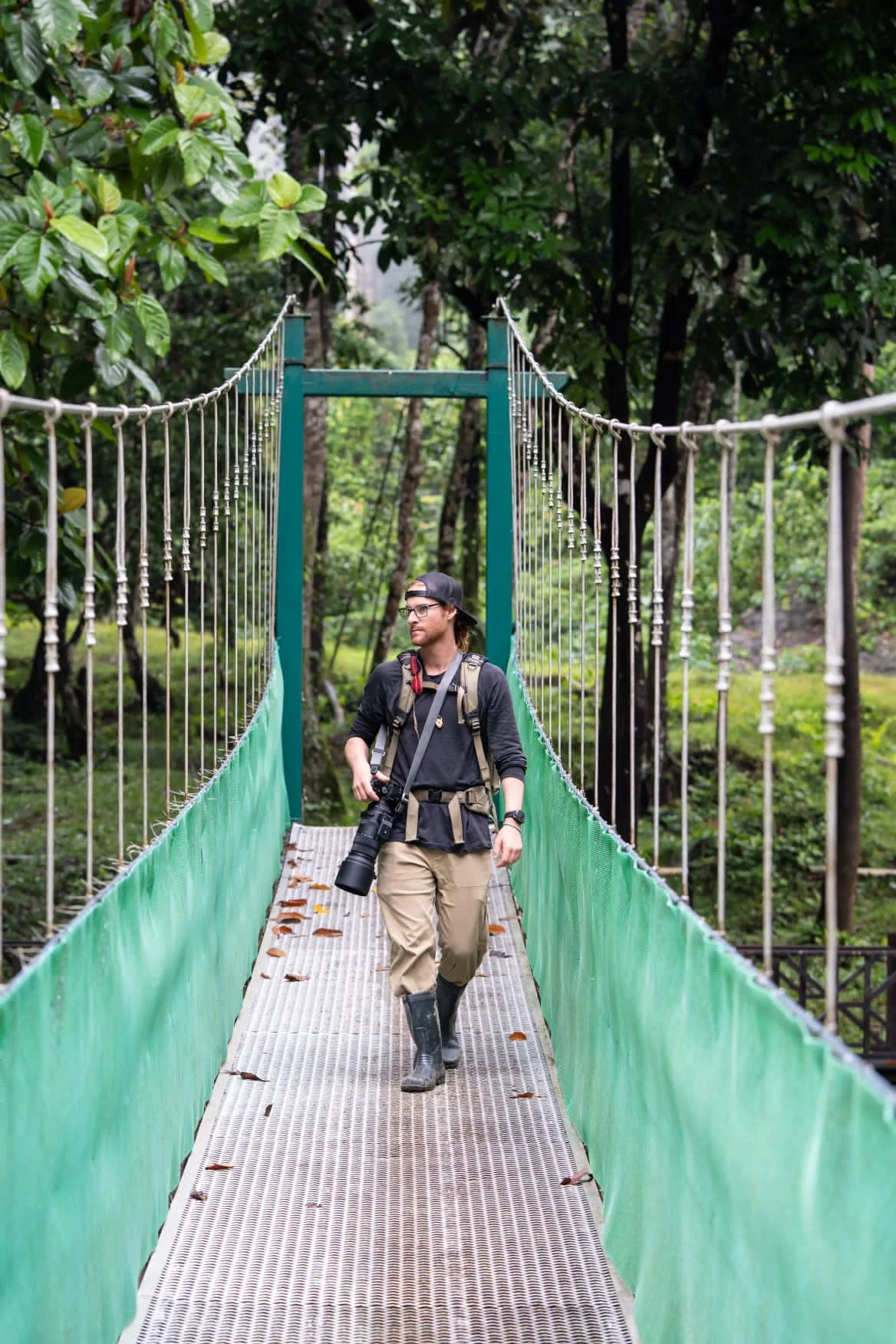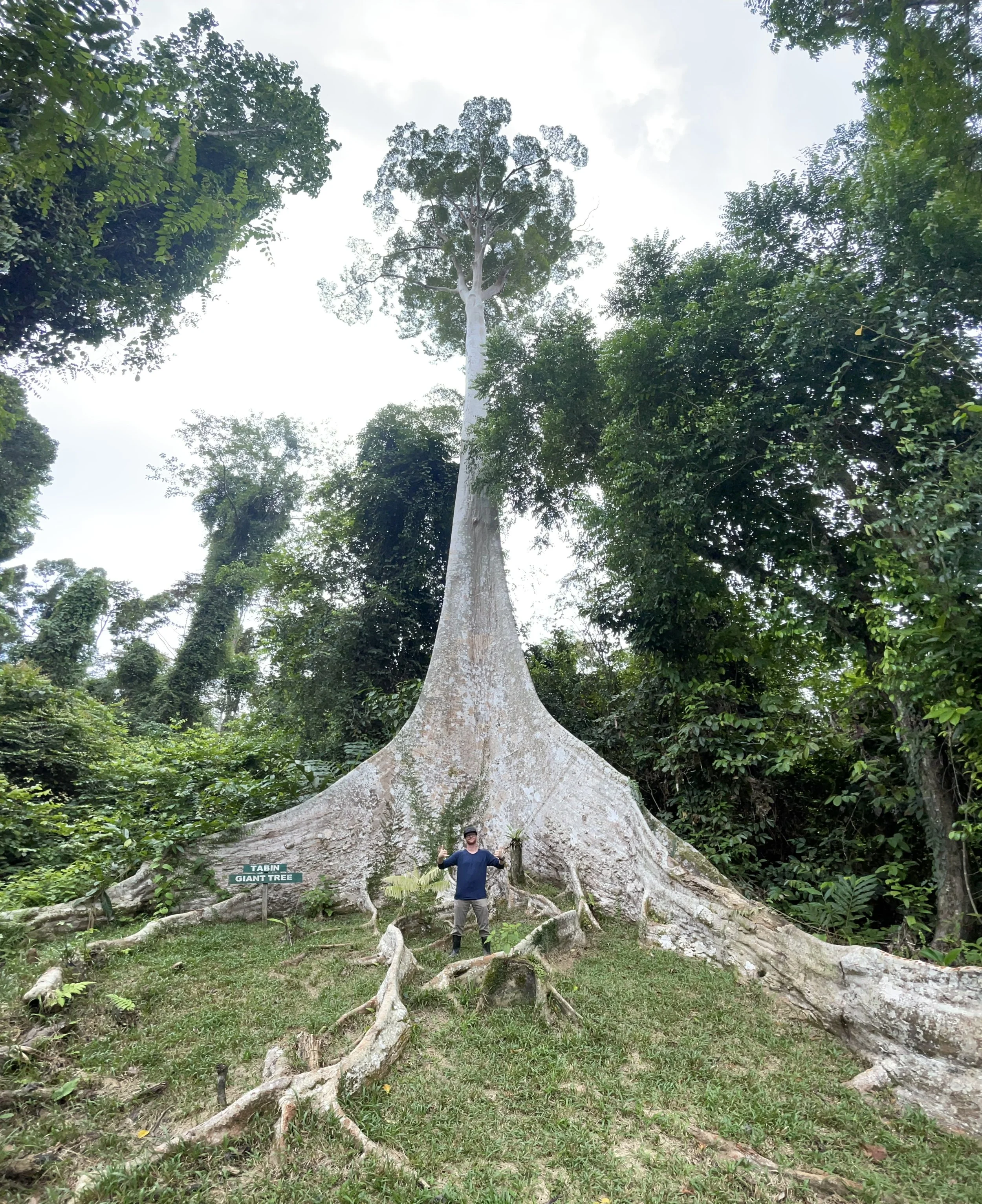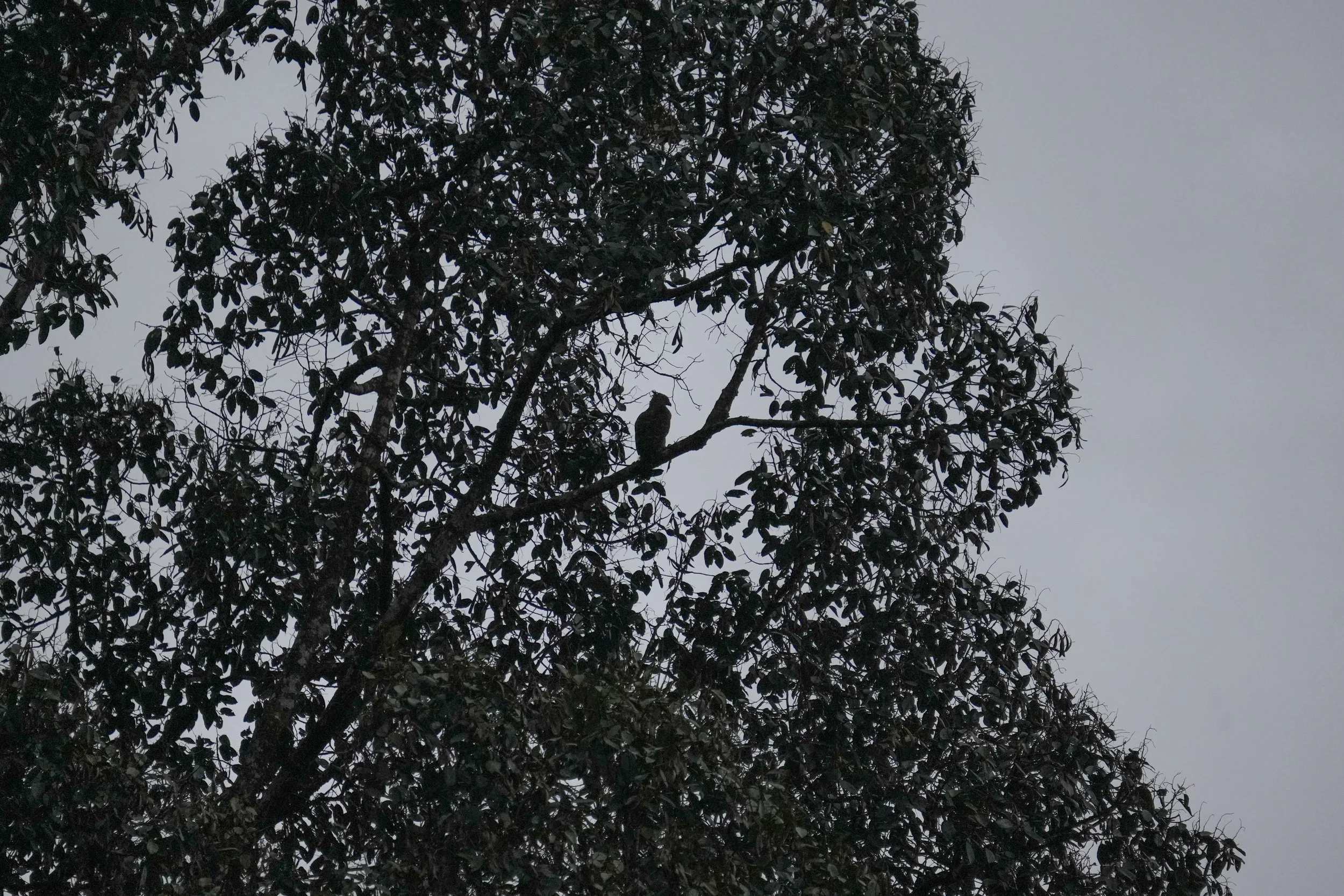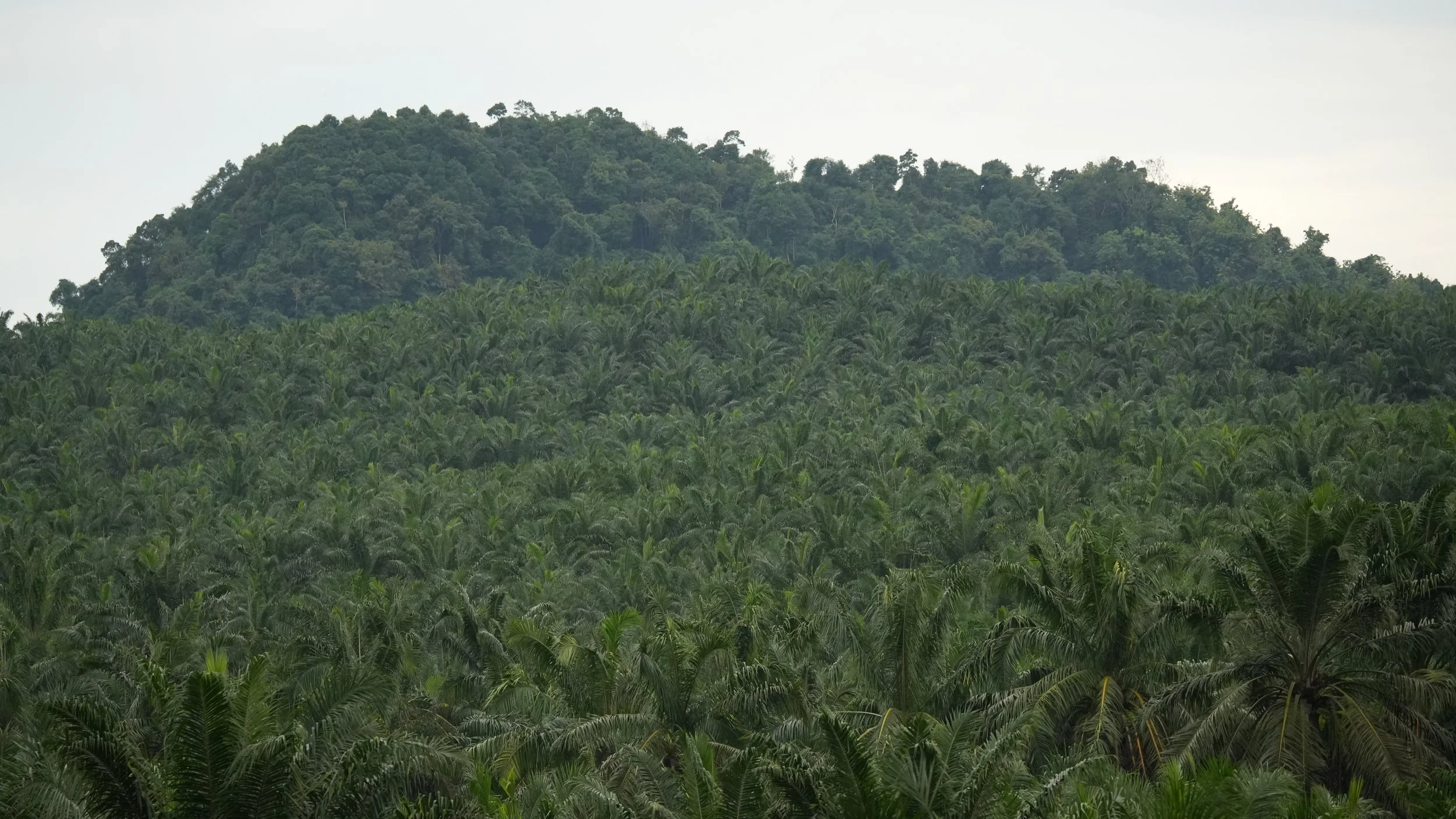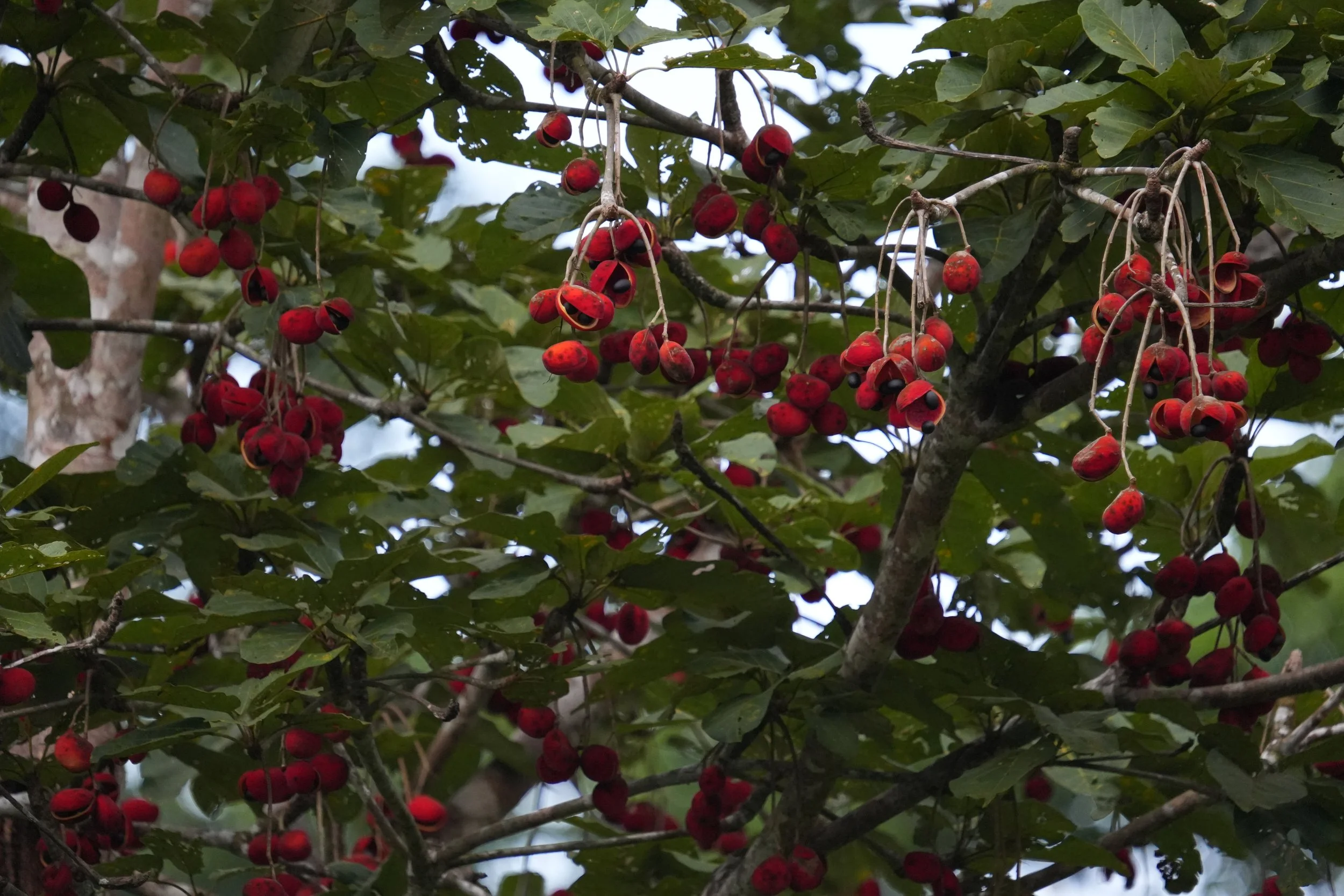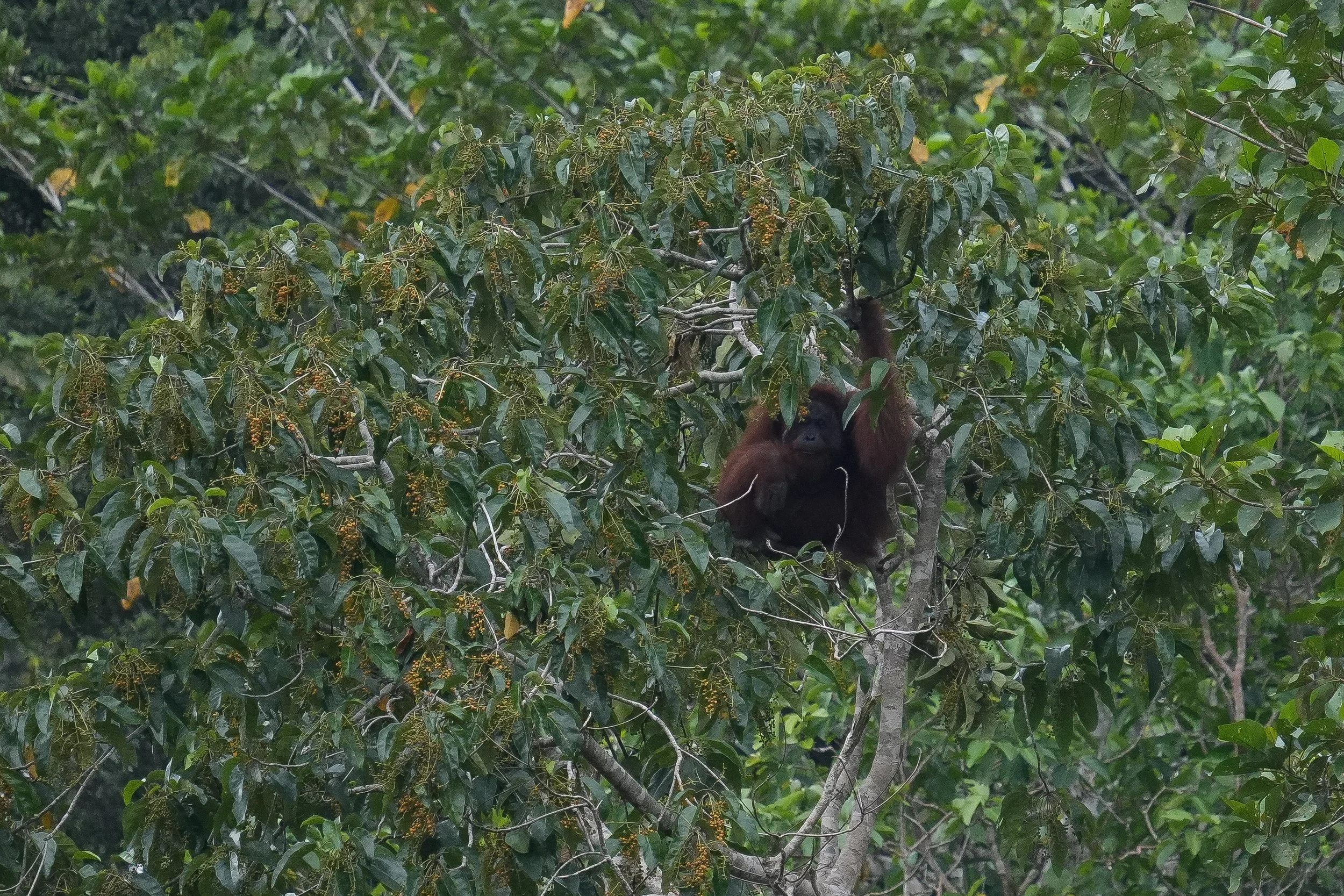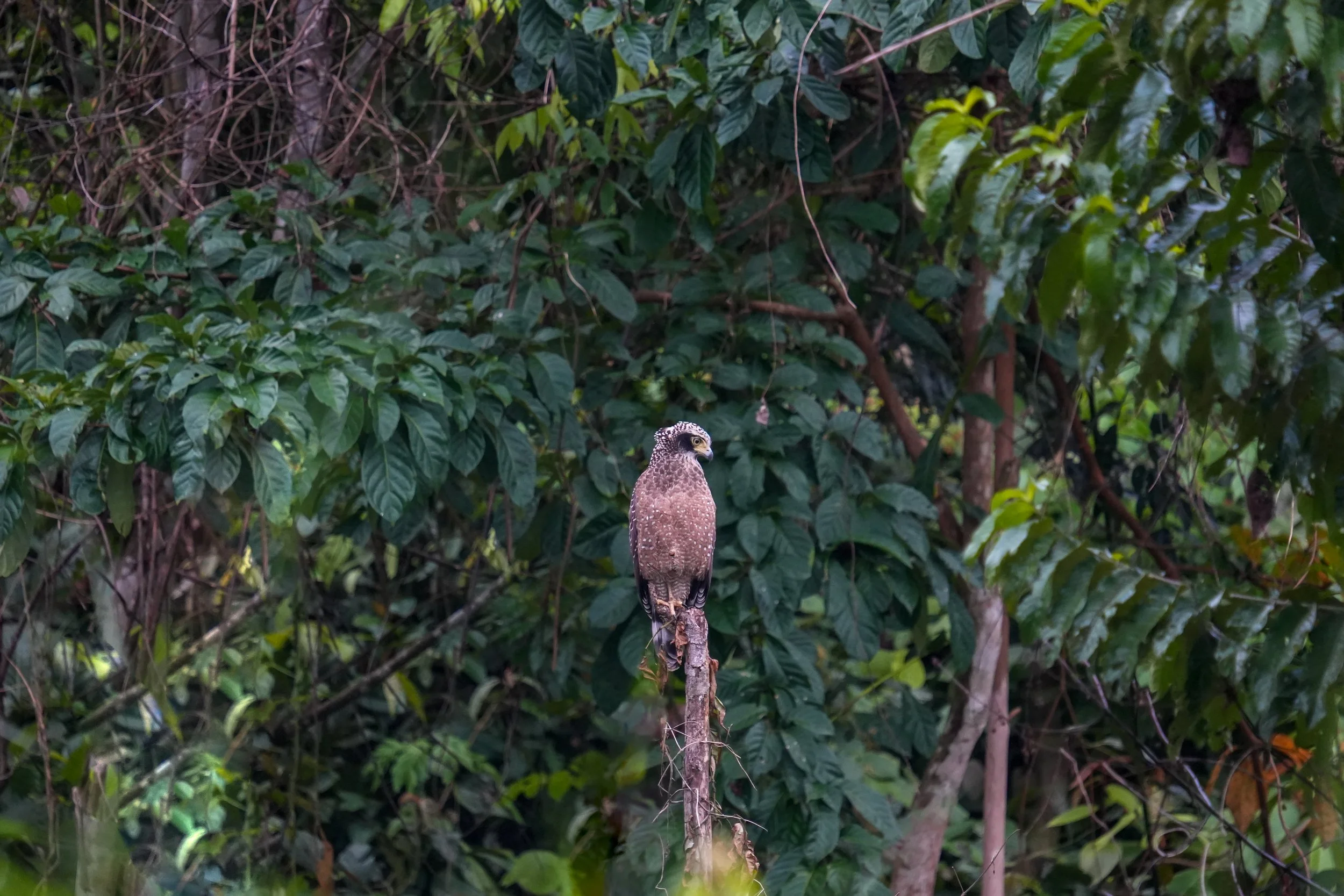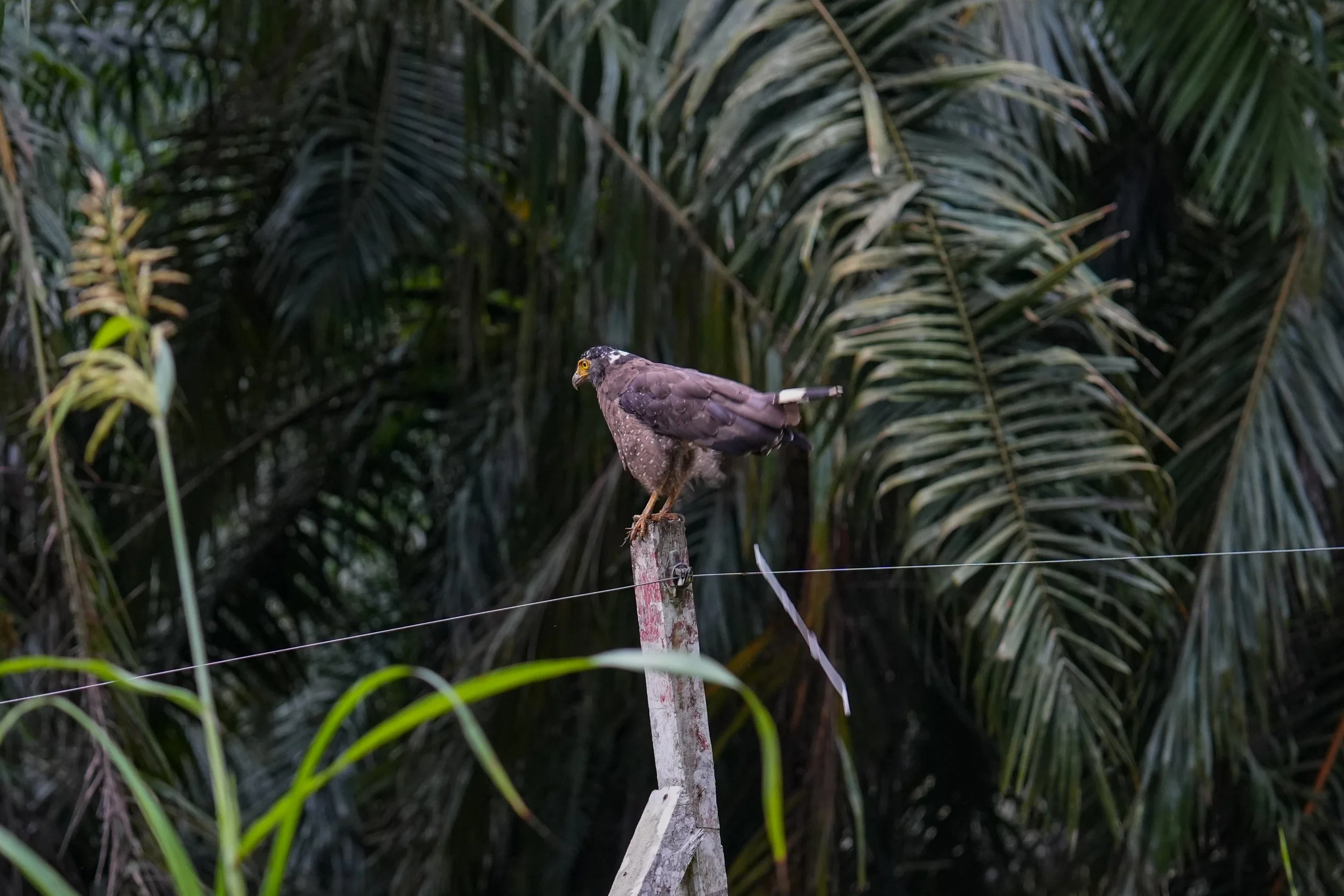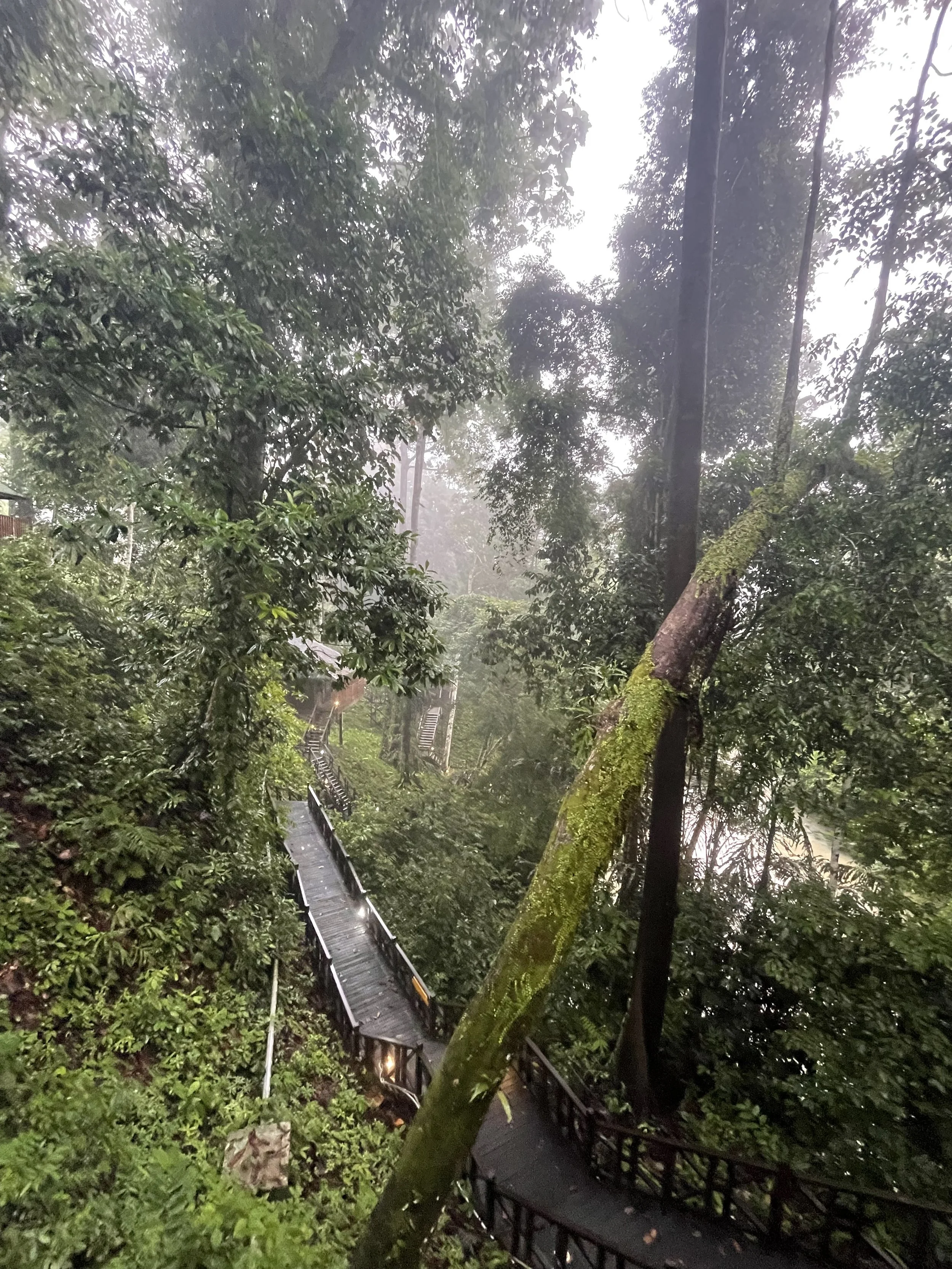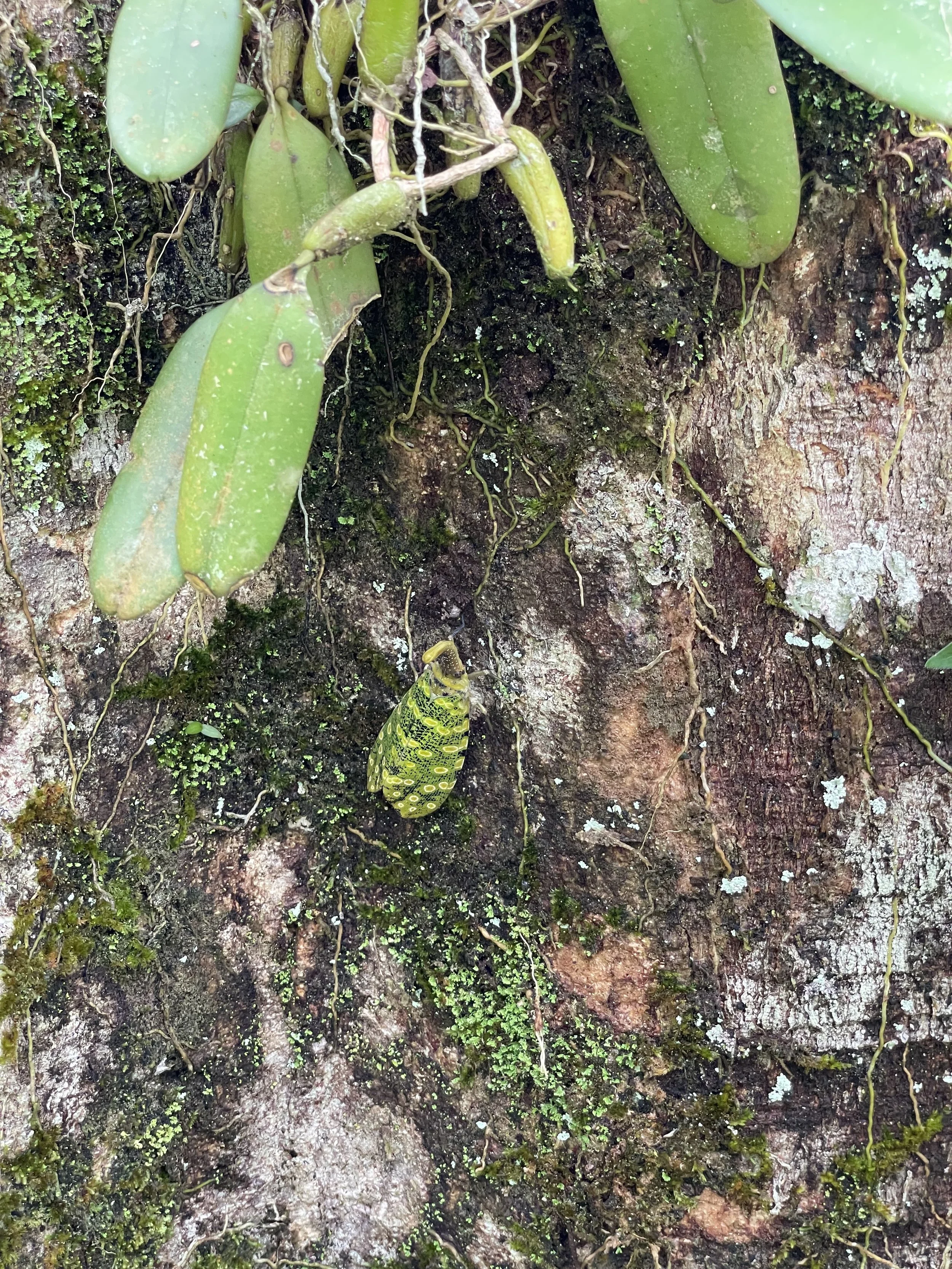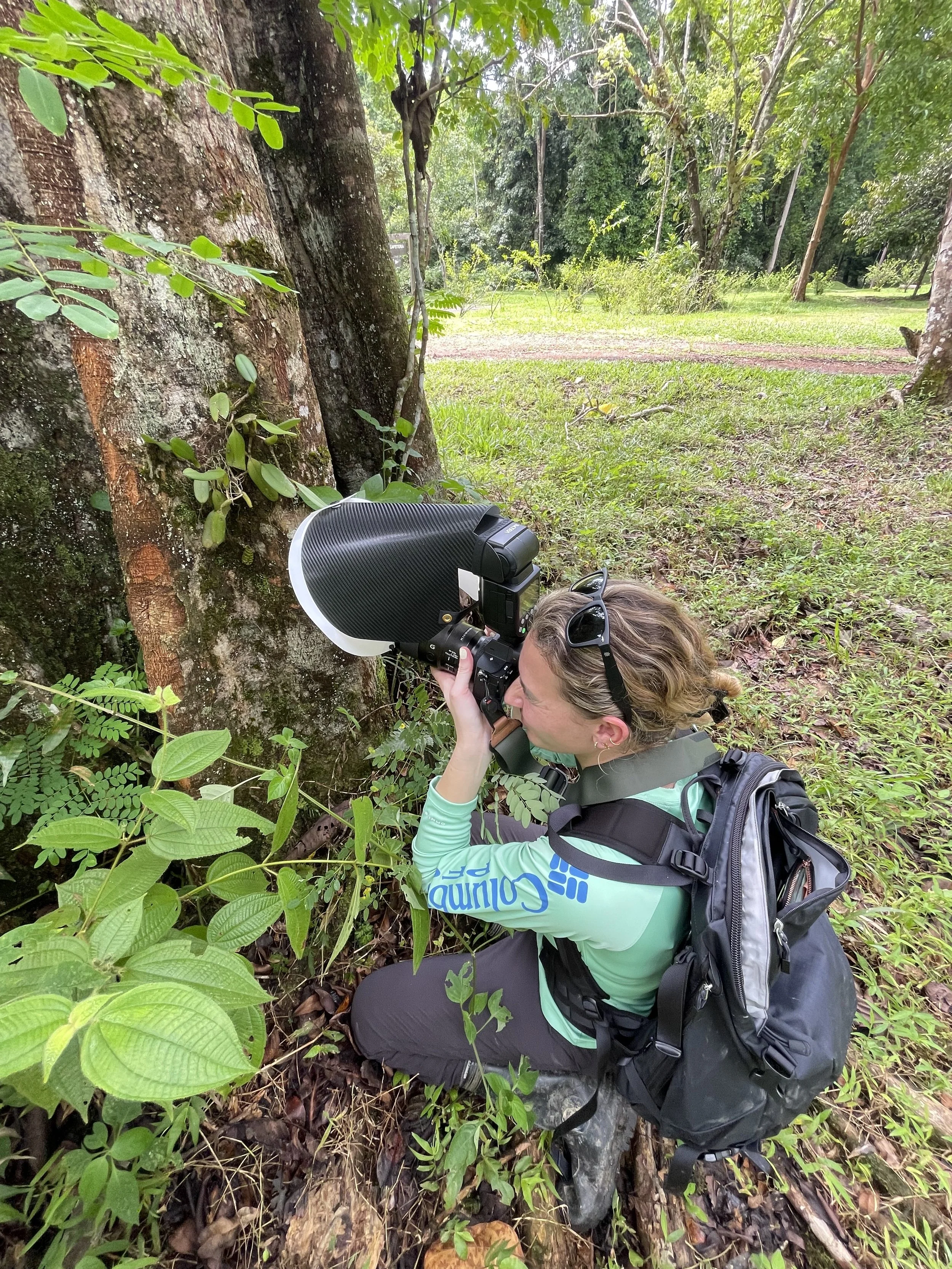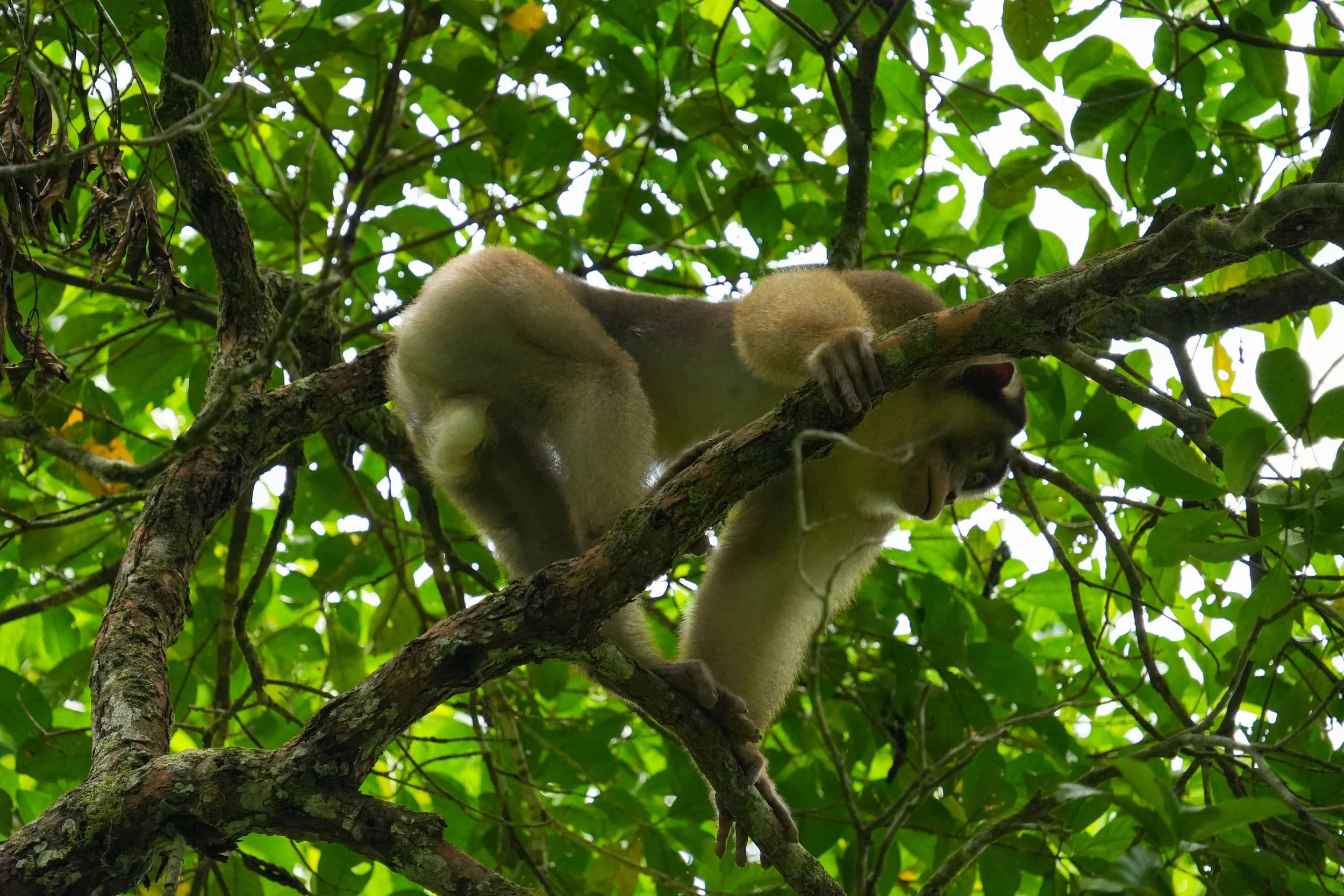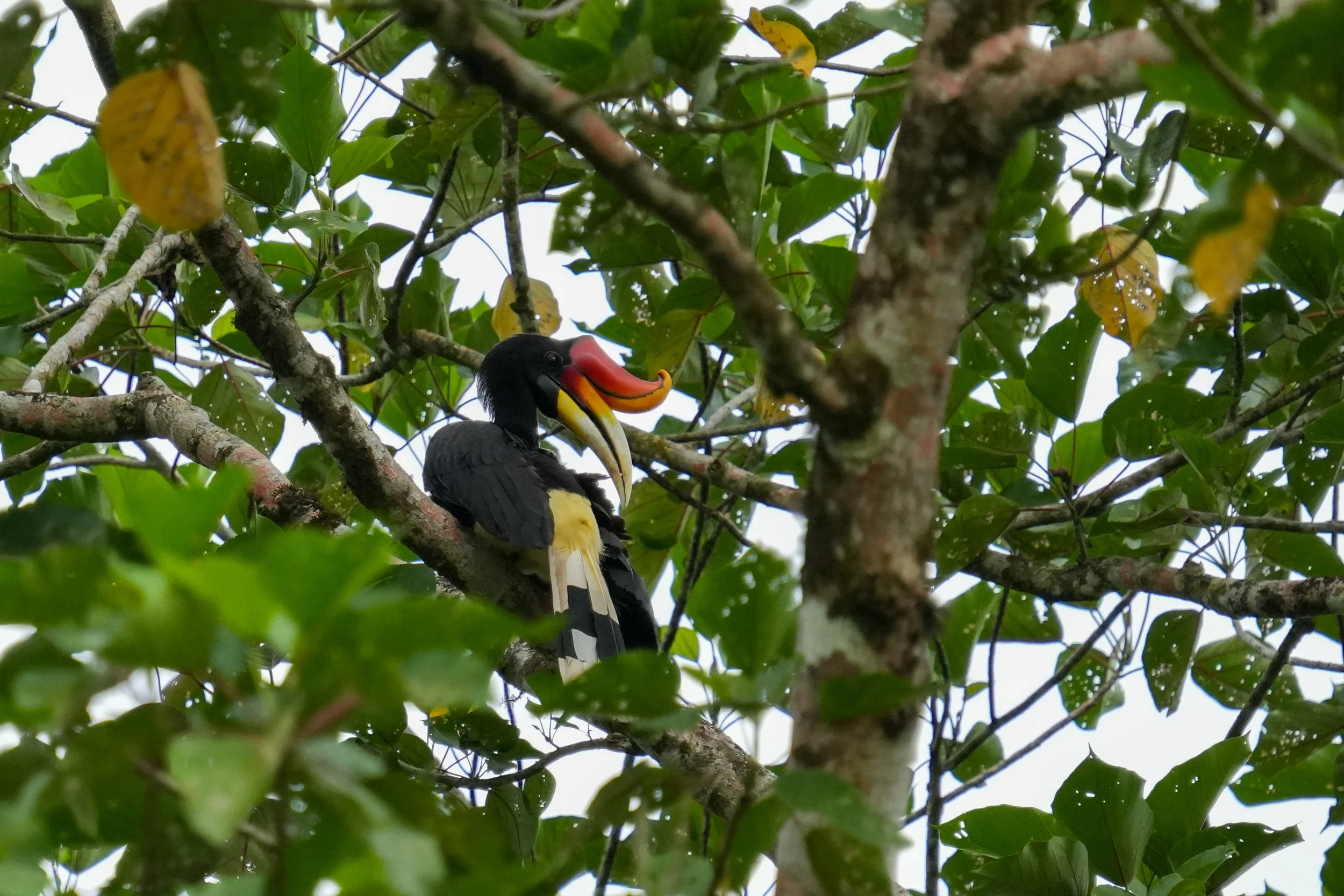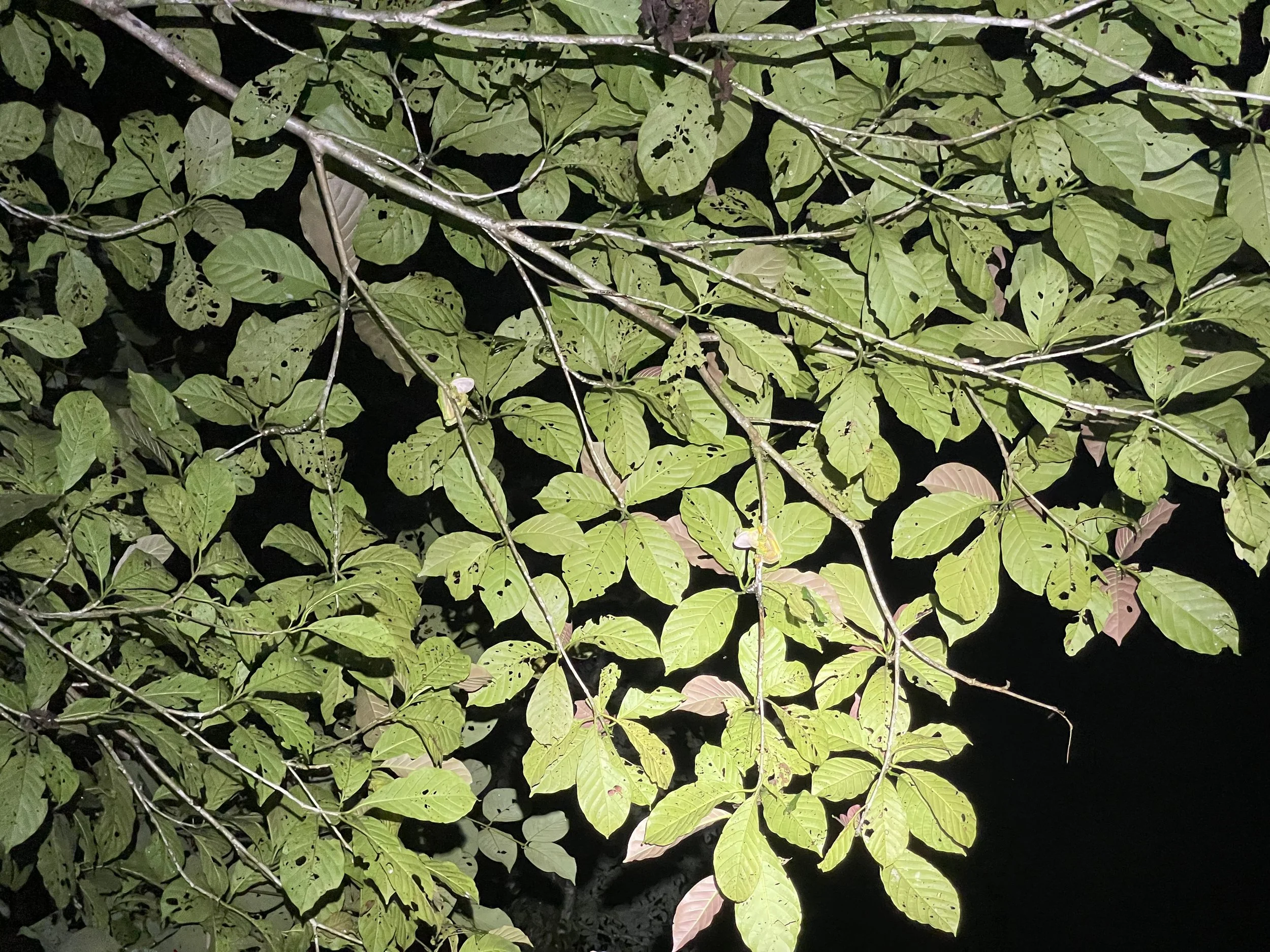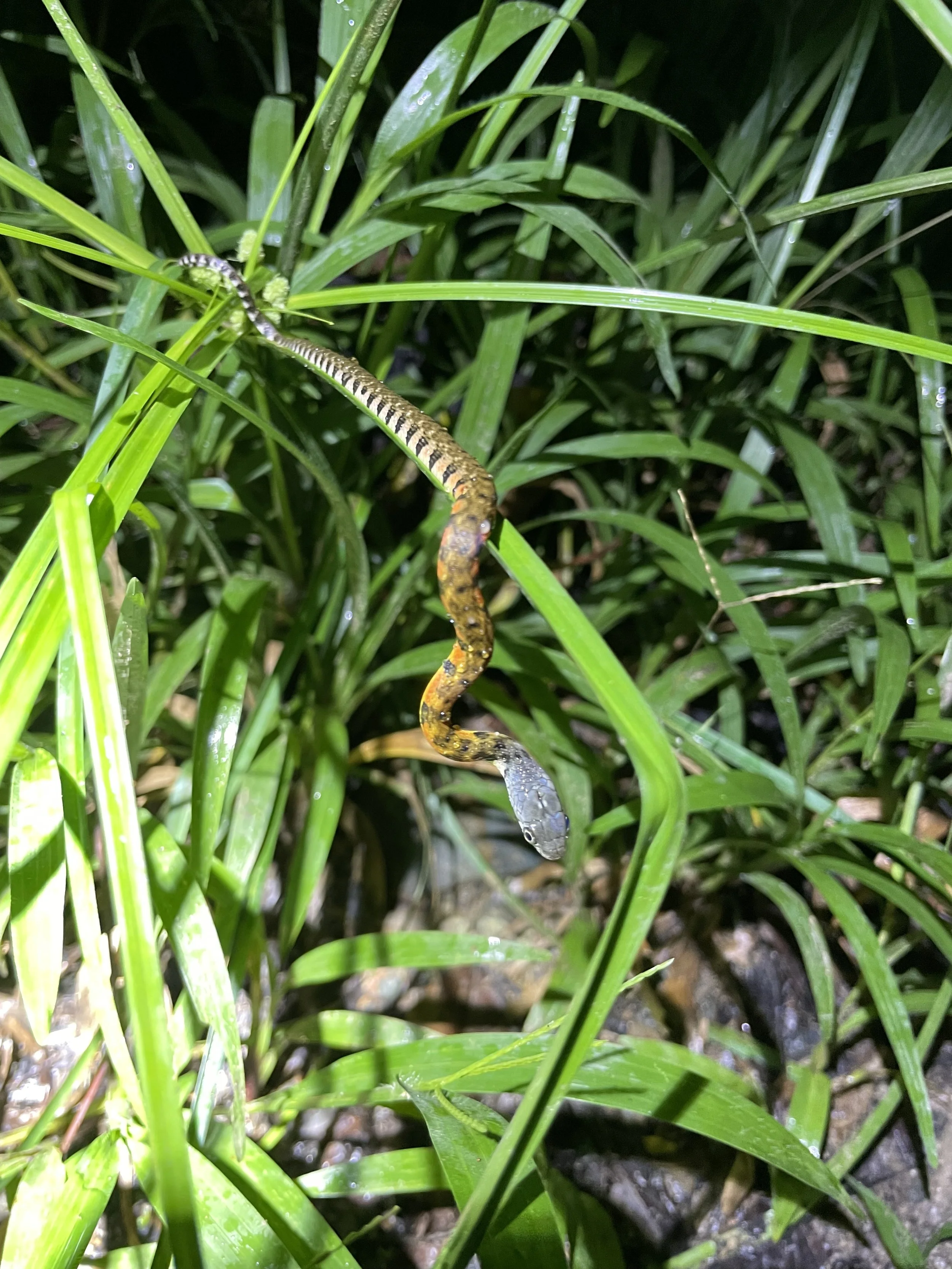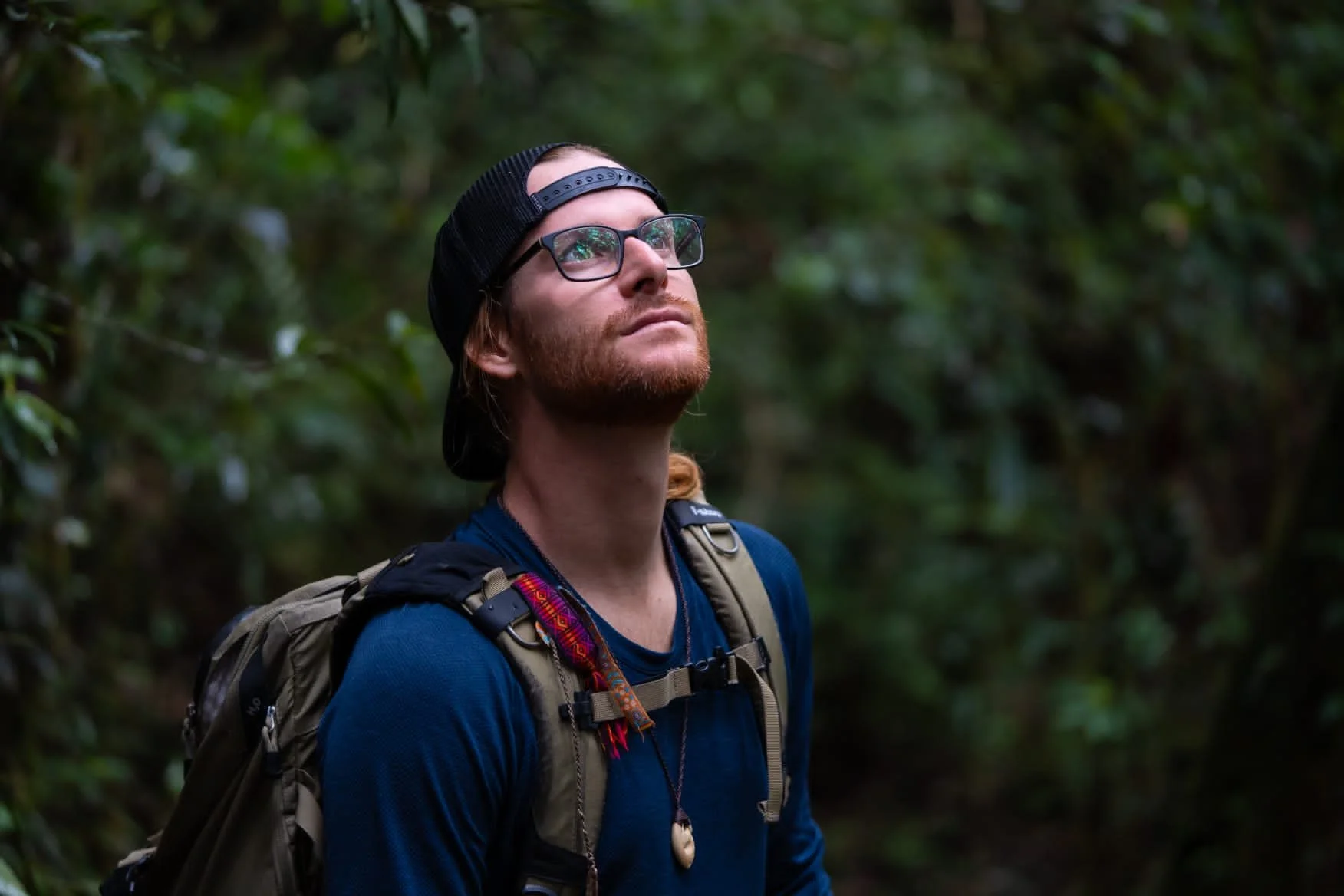Tabin Wildlife Reserve
Borneo Blog Part 2
Day 6
July 11th 2023
We woke up at 7:00 and got our gear packed up. After getting a quick breakfast, we started the 4-hour journey to Tabin Wildlife Reserve. The original place I wanted to visit in Borneo was Danum Valley. It is absolutely beautiful and the second-oldest rainforest on the planet. There are two areas to stay: the luxury lodge and the field station. Both options are overpriced, in my opinion, and if I'm traveling all that way, I'd want to visit the lodge, but I didn’t have the budget as I’d rather put those funds into other mini trips. I did some research, and Tabin came up as a great alternative to Danum. It is west of Lahad Datu rather than east, like Danum. For four days and three nights, the stay at Tabin was 700$ per person, while three days and two nights at the field station in Danum would have been 800$ per person. When searching for wildlife, my philosophy is that it is better to go for a longer time as that gives you a higher chance of seeing rarer wildlife, which is always my goal.
We arrived at Tabin around 14:00, got checked in, put our bags in the room, and went to meet our guide at 15:00 for our first jungle walk. Tabin had over 300 elephants that had left the day before we arrived, so we could see signs of them all over the place while we drove out to start our hike. We planned to do a large loop and finish at the Mud volcano.
Two other couples joined us: six people and one guide in total. We started our hike, and since it was hot, there wasn’t much out, but we had glimpses of hornbills and saw a few other species. Due to the height of the forest, it was hard to get any nice photos of the hornbills, but these are the birds I'm after as they are one of my favorites, and Sabah has eight species of them. As the sun lowered, we went into a clearing, and the famous Mud volcano was in the center. The last large eruption threw clumps of mud over 100 meters from the crater. I walked to the other side, hoping to see wildlife, as animals come to this exact place due to the mineral-rich deposits from the volcano. There were signs of elephants everywhere because they love to eat clay.
After 30 minutes, we returned to the lodge for dinner at 18:00. The food was typical Malaysian, one of my favorite cuisines.
We had a night drive at 19:00 and got ready for that. I perched up in the front so I wouldn’t have anyone in front of me for the drive and had my 150-600 telephoto lens on to get photos of medium-sized cats and other target species. The first notable animal we spotted was a pair of sleeping Oriental pied hornbills right next to the entrance to the reserve. They are the most common hornbills and better to photograph during the day, so we continued our night drive adventure.
We spotted some large frogs resting in the palm oil leaves, and then we spotted one of my targets for coming here! The guide shined the spotlight, and we saw noticeable eye reflections.
As we got close, we saw a Sunda leopard cat hunting along the side of the road. The cat then perched up on a rock to get some elevation and stared at us for a few seconds, allowing me to capture some great photos of this gorgeous cat.
This is officially the third species of feline I've ever seen in the wild, making this encounter very special. We watched the cat for 10 minutes and then continued down the road with the primary forest to our left and the palm plantation to our right. Next, we spotted a sleeping water monitor high in the tree.
Monitor lizards are perfectly adapted for all the habitats they live in from climbing to the tops of trees, to swimming, and using their forked tongue to smell. They are fun to watch and engage with when you see them. We also spotted a pair of Rhinoceros hornbills. I was stoked because this bird species is the main species of bird I wanted to see, but because it was so dark out, I couldn't get the crisp shot I wanted, so I hoped we would get another chance.
As we continued, we saw another Sunda leopard cat sitting in a patch of grass, just watching us, curled up in a ball like a house cat.
After getting our shots, we spotted a Buffy fish owl, and one had a fresh catch in his talons, which looked like some rodent species.
On our way back, we saw the first leopard cat again, but now it was up in one of the palm trees stretching and hunting, most likely for a sleeping bird or a rodent feeding on the palm fruit.
We headed back for the night since it was getting close to 23:00, and we would need to wake up early to get a head start on our next animal to find as they wake up with the sunrise.
Day 4
July 12th 2023
We woke up at 5:30, which I have never had an issue with because I'm one of those psychotic people who doesn’t drink coffee and always has 110% energy. We met our guide at 6:00 for our morning hike. We walked along the main road near the entrance, and as we approached the forest, we heard the intense calls from the male and female Bornean grey gibbon. Gibbons are one of my favorite animals, and if I ever manifested into an animal for a second life, this is what I want to be. The way these animals move through the forest is extraordinary. Brachiation is the term for when primates use their arms to move through trees. Gibbons have ball socket joint wrists, allowing them to launch themselves through the tree-tops faster than any other primates, at 55km to 34mph speeds. They are also the only group of lesser apes, so they are more closely related to us than monkeys. Gibbons are usually found in a group of two, with the male and female; and there will typically be one to two juveniles with them. Once the juvenile reaches maturity, it will leave to find its mate. This is the flowering season, so all the herbivores were taking this time to eat the juicy, rich flowers while we watched the gibbons swing from tree to tree. The female had a little one who clung to her underside while she swung around.
We stayed with them for an hour and got some great photos before returning to the lodge for breakfast.
We met at 8 for a hike through the forest and walked along the open roads until we came to the waterfall area, where we undressed and went into the river to cool off before heading back for lunch.
When we got back to lunch, we spotted a female Rhinoceros hornbill perched beautifully on a dead tree, so I was able to get the perfect photo of this magnificent bird.
Females and males are sexually dimorphic, meaning that you can tell the sexes of the animal just by looking at them. Males have red eyes, while females have light blue eyes.
That afternoon at 16:00, we met for a game drive along the road. Open spaces allow you to see into the forest and scan the trees more effectively than in the dense forest cover. Edge habitats like roads and rivers are the best way to see wildlife around Borneo and anywhere in the world because animals will move along the roads to search for food. It didn’t take us long to spot our first orangutan high up in a flowering tree, having an afternoon snack. It was very far away, and I got some photos, but they were not the sharpest. It still awes me to see wild orangutans
The next animal we spotted was a Crested serpent eagle perched in a tree. They are one of the more common raptor species in Borneo.
The unfortunate thing about this drive is one side of the road is a gorgeous pristine forest and the other is a palm oil plantation that stretches farther than the eye can see, so you are constantly reminded about the heavy deforestation rate.
The guide stopped to show us a tree with lots of red bearing fruit. None of it looked like it had been touched, and that’s because the fruit is poisonous, which is a great way to stop animals from eating your fruit if you are a tree!
We stopped at a dead tree, and in the crest of the hollow, we could see a little red head poking out, not a young me (haha) but the head of the Red giant flying squirrel. It was close to their wake-up time, and they were looking around to get their bearings and check for predators.
Our guide spotted a large male orangutan far from the road, but I got a proof shot. It's nothing super crisp, so that is the photo I'm still after. But through the lens, I was able to see his large cheeks.
Male orangutans older than 25 grow their cheeks out like that. The cheeks help funnel the sound of his mating calls deeper into the forest. We spotted more Crested serpent eagles and then came to the entrance of the park-protected area.
There was another squirrel tree, and the Red giant flying squirrel was preparing for its evening flight.
We could see that rain was starting to move in, so it was time to head back. I put all my gear together and stuck it in the truck's cabin so it wouldn’t get wet. I threw on my raincoat as we turned around to head back. Well, 15 minutes into that ride, the rain started. At first, it was manageable, but it became a torrential downpour, so everyone sat curled up in the rain. The worst feeling is when the water starts to get into your boots. This whole time, I wondered why I didn’t pack my poncho and rain pants for this exact reason. It took us about an hour to get back, and we were all soaked, but it was very nice coming back to a dinner of hot soup. Unfortunately, our night hike was canceled, so Kat and I decided to wander around and see if we could spot any creatures after the rainstorm let up after dinner. We found some cool bugs but nothing crazy, and then headed to bed at 22:00.
Day 5
July 13th 2023
I woke up for a quick morning hike but didn’t turn up much wildlife. Afterward, I headed back and walked around the lodge in the open areas to find the gibbons again to get more photographs and see if I could photograph any more birds. I found two Collared kingfishers, a new species for me in Borneo.
That afternoon, we went on a hike, and since I was out on the road, I launched my drone to get some perspective shots of the forest versus the palm oil plantations. I landed the drone, hoping a hornbill wouldn’t snatch it out of the sky, and we spotted a large male Rhinoceros hornbill grooming itself in a tree. We headed into the forest after that, and since it was getting rainy again, not much wildlife was out, so we returned to the lodge for dinner.
We wanted to do another night drive since we had so much luck the first night. This time, we headed into the forest in search of one animal that only comes down from the canopy when it rains heavily, so this was a perfect chance to glimpse this rare creature. We reached the end of the route, and our guide pointed up and said, “Frog.” I looked up, and there was not one, but four Wallace Flying frogs perched above us on a branch overhanging the road.
This species of frog has always been on my list. They are one of the largest frog species on the planet and have massive, webbed pads that allow them to create lift and drag to glide from tree to tree. They need the rain to fill up pools of water on the forest floor, and this spot fills up nicely, so our guide has seen them here before. We got out of the car and took our photos. Then, right on the trail, we spotted a baby Triangle keelback. These amazing snakes are a group that are both venomous and poisonous.
As I was looking at the snake, a flying ant decided to go up my pants and bite me right on the tender part of my inner thigh! So obviously, I jolted, scaring off the snake, but managed to get the ant out of my pants. I also spotted an animal I'd never seen before going through the bushes, but I couldn’t get a photo. It looked like an all-white opossum, and the guide said it was a Moon rat, the only member in its genus, but it belongs to the hedgehog family. We were going to visit the same area we had the first night, but the rain started coming down hard, so we headed back to the lodge. It was a lighter drizzle by the time we got to the lodge, so we went on a hike, and our guide spotted a Dwarf rufus-backed kingfisher perched on a branch just above eye level.
This was the best shot of a kingfisher I have ever taken. The colors on this bird are stunning. After seeing a bit of other wildlife, we called it a night and headed to bed.
July 14th 2023
Today was our last morning in Tabin, so I woke up and headed to the gibbon spot to watch them play, as they are rare in the other parts of Borneo we are visiting. We found the family again, and I took some photos but mainly just enjoyed watching them move around because I found it fascinating. I managed to get a photo of a male Rhinoceros hornbill that flew right over me, and it was a great silhouette photo of this incredible bird.
We returned for breakfast and packed our gear for our next adventure, going to the Kinabatangan River, famous for hornbills, Proboscis monkeys, and pygmy elephants.



